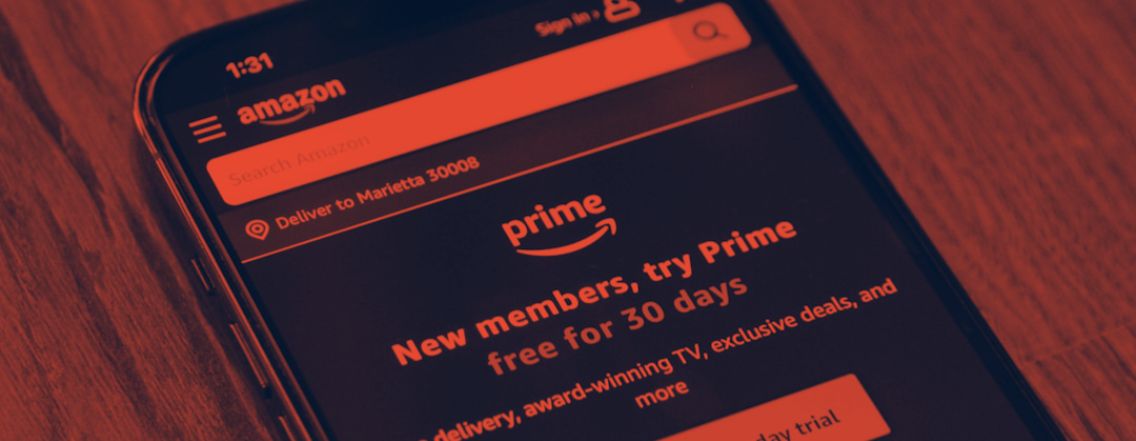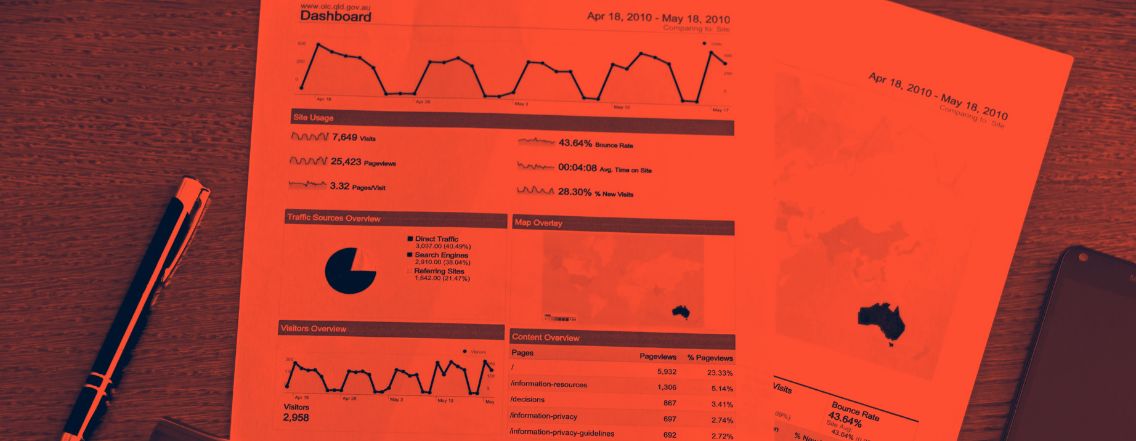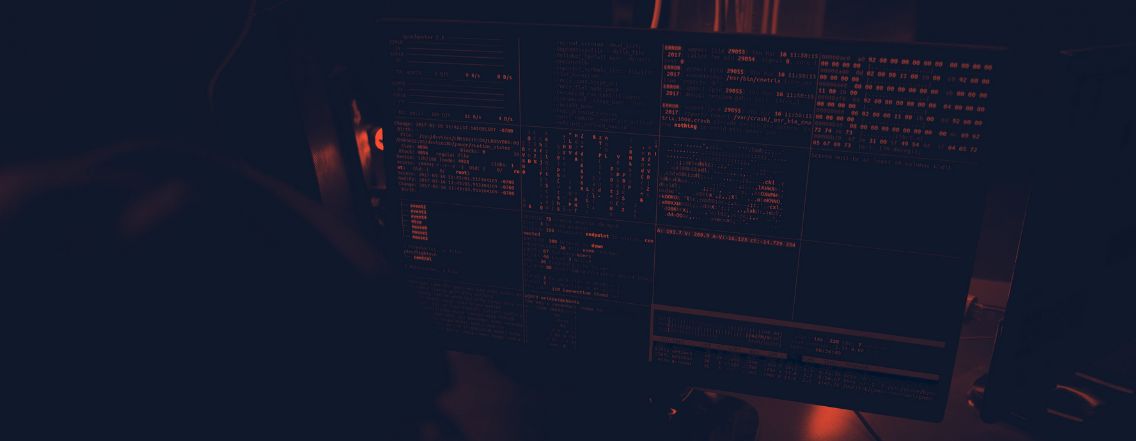Traditional economies based on ownership of goods are gradually being replaced by a new approach: the usage economy.
The usage economy, also known as the functional economy, is an emerging economic model that emphasizes the use of goods and services rather than their ownership.
This model is radically transforming our consumption habits and economic models.
In France, 77% of consumers show a preference for using products rather than owning them, but only 18% have actually opted for rental over the past year (Observatoire des consommations émergentes).
Young adults appear to be the most open to this model, with 47% of 18-29 year-olds preferring to rent rather than buy (BNP Paribas, 2022).
Rather than owning products, consumers pay for their use, often through subscription models.
This transformation is part of a broader dynamic of circular economy and collaborative consumption, offering both economic and ecological benefits.
To better understand the impact of this economic model, let’s first explore what the usage economy really entails! 😄
1. What is the Usage Economy ?
The usage economy is distinguished by its focus on the use of products and services rather than ownership.
In this model, consumers pay to use a product or service for a given period, often facilitated by a subscription system.
The primary goal of the usage economy, or usage consumption, is to optimize resource use and extend the lifecycle of products.
By favoring access over ownership, this model reduces waste production and encourages more efficient use of goods.
→ For example, companies like Netflix or Spotify offer access to vast libraries of content in exchange for a monthly subscription.
This model maximizes the use of resources, ensuring that products are used optimally throughout their lifecycle.
Now let’s look at the multiple benefits that the usage economy can offer, both for consumers and for businesses.
2. Benefits of the usage economy
The usage economy offers several significant benefits for consumers, businesses, and society as a whole.
These benefits position the usage economy as a promising economic model, promoting more responsible, sustainable, and efficient consumption.
- Cost Reduction:
– For consumers : Reduces initial costs by opting for regular payments instead of direct purchases. Subscriptions allow access to high-quality products without a high upfront investment.
→ For instance, with streaming services like Netflix or Spotify, consumers access a vast library of movies, series, and music for a fraction of the cost of purchasing each item individually.
– For businesses : Generates regular revenue through subscription models, reduces inventory and production costs.
→ For example, a SaaS company like Salesforce receives monthly or annual payments from its subscribers for using its software.
This allows Salesforce to avoid high costs associated with producing and distributing physical software and to have better revenue predictability for planning expenses and investments.
- Flexibility:
– For consumers : Easy adaptation to changing needs without long-term commitments.
– For businesses : Quick response to market trends and optimization of resources based on usage data.
- Sustainability:
– For consumers : Contributes to environmental sustainability by reducing waste and extending the life of products.
→ For example, Patagonia offers a repair and rental service for equipment such as jackets and backpacks.
– For businesses : Design of durable products and significant reduction in waste.
→ For example, IKEA is starting to explore furniture rental models, aiming to reduce waste by offering durable furniture for rent rather than sale.
- Innovation and continuous improvement:
– For consumers : Continuous access to the latest innovations and improvements without having to purchase new versions.
→ For example, Apple Music offers a subscription that provides access to the latest music and new app features without having to buy individual tracks or albums.
– For businesses : Encouragement for innovation to stay competitive and meet evolving consumer needs.
→ For example, Microsoft uses a subscription model with Microsoft 365, allowing users to access the latest versions of its office software and benefit from continuous updates and new features.
To understand how the usage economy is developing, let’s examine its recent evolution and key trends.
3. Usage economy and its evolution
The usage economy is growing rapidly, driven by the rise of subscriptions across various sectors.
According to a Juniper Research study, global subscription economy revenues are expected to reach $996 billion by 2028, up from $593 billion in 2024, representing a substantial increase of 68%.
This expansion is fueled by the integration of subscriptions into new segments such as Mobility-as-a-Service (MaaS), physical goods boxes, and delivery services.
A notable trend in the subscription economy is the significant increase in the number of active subscribers, with a 15.7% rise over the past year and a 105.1% growth since 2020, according to Recurly.
Economic uncertainty has played a crucial role in changing consumer behavior, making price sensitivity and perceived value more important than ever.
Today, consumers demand subscription plans that can be tailored to their specific needs and financial situations.
This drives companies to offer highly personalized and adaptable subscription models.
This trend is supported by advancements in payment technologies, the adoption of alternative payment methods (APMs), open banking, e-wallets, mobile payments, and improved biometric authentication enhancing transaction security and user satisfaction.
Companies are increasingly using automation and advanced techniques to optimize revenue management and reduce churn rates.
→ For example, Recurly merchants have seen an average revenue increase of 8.6% during their first year.
This is thanks to the use of smart reminders, credit card updates, and other sophisticated churn management solutions.
The subscription economy is expected to integrate further with traditional retail and e-commerce, fostering long-term customer relationships and stable revenue streams.
To better understand the differences between various models, let’s compare the usage economy with other economic models.
4. Usage economy vs. Subscription economy
Although the usage economy and subscription economy are often considered similar concepts, they have significant differences.
The usage economy is a broader concept encompassing all forms of access to goods or services without the need for ownership, such as rental, borrowing, and subscription.
In contrast, the subscription economy is a specific aspect of the usage economy where consumers regularly pay to access products or services.
Subscriptions can cover various areas, from streaming services like Netflix and Spotify to Software-as-a-Service (SaaS), and even physical products delivered periodically.
While the usage economy aims to reduce waste and optimize resource use, the subscription economy focuses on creating recurring revenue streams for businesses and customer loyalty.
→ For example, a subscription to a streaming service allows constant access to digital content, while a car rental model offers an alternative to owning a vehicle.
The usage economy presents notable advantages for consumers and businesses while clearly differentiating itself from other traditional economic models.
To better understand these differences, let’s examine how the usage economy compares to other economic models.
5. Usage economy vs. Ownership economy
The usage economy and ownership economy fundamentally differ in their approach to goods and services.
In an ownership economy, consumers buy goods to own them, often involving a high initial investment and responsibility for maintenance and management of these goods.
In contrast, the usage economy focuses on access and use of goods and services, often through subscription or rental models.
This allows consumers to pay only for usage, offering greater flexibility and accessibility.
This shift from ownership to usage promotes more efficient resource use and better meets changing consumer needs.
6. Usage economy vs. Circular economy
The circular economy offers an alternative and complementary model to the usage economy, focusing on sustainability and waste reduction.
Circular economy principles include reducing, reusing, and recycling materials to extend the lifecycle of products.
In this context, the usage economy plays a crucial role by maximizing the use of goods before they become waste.
And here are eleven indicators covering the seven pillars of the circular economy aiming to account for the circularity of the French economy.
This transition presents challenges:
Initial costs for setting up circular systems can be high, and significant changes in infrastructure and consumer behavior are needed.
→ For example, implementing return and recycling programs requires investment in logistics and awareness.
Nevertheless, the potential benefits, such as waste reduction and resource optimization, make this transition attractive for long-term sustainable development.
According to the National Institute of Circular Economy (Inec), reducing VAT on circular economy products is proposed to encourage this consumption model and ease the final cost of environmentally friendly products.
7. Usage economy vs. Cooperative economy
The cooperative economy and collaborative consumption are natural extensions of the usage economy, reinforcing the idea of access rather than ownership.
The cooperative economy involves models where resources are shared among users, often through digital platforms.
→ Examples include services like Airbnb, where users share accommodations, or BlaBlaCar, where car rides are shared.
Collaborative consumption, on the other hand, focuses on sharing and reusing goods, minimizing the need for new purchases.
In 2016, the collaborative economy market had 22.4 million consumers worldwide with a global revenue of $57.6 billion, of which $28 billion was for Europe alone (Harvard).
A study by the Ministry of Economy and Finance forecasts that this market will reach €305 billion by 2025.
These models offer benefits such as cost reduction and more efficient resource use. However, they also pose challenges, including regulation, quality, and service reliability.
The impact on consumption patterns is significant, as they promote a mindset of sharing and cooperation, thus reinforcing the principles of the usage economy.
Conclusion
In 2024, the subscription economy faces subscriber fatigue. Consumers are overwhelmed by too many services, leading to decreased profits and increased cancellations, according to Zuora.
This doesn’t mean the end of this model, but rather its evolution. Companies need to adopt more flexible and customer-centric monetization strategies.
→ Examples like The New York Times, Zoom, HubSpot, and GoPro show that it is possible to succeed by diversifying and adapting their offerings.
The new approach, “Total Monetization,” includes various models like pay-per-use pricing and freemium products.
By continuously creating value and meeting changing customer needs, companies can overcome subscriber fatigue and thrive.
Read also :
→ Master OKRs: The key to achieving your strategic Goals
→ Everything you need to know about the Freemium Model
→ All the benefits of the Subscription Business Model
→ How to improve your operations management with Dashboards
→ AARRR: The essential framework for driving business growth




